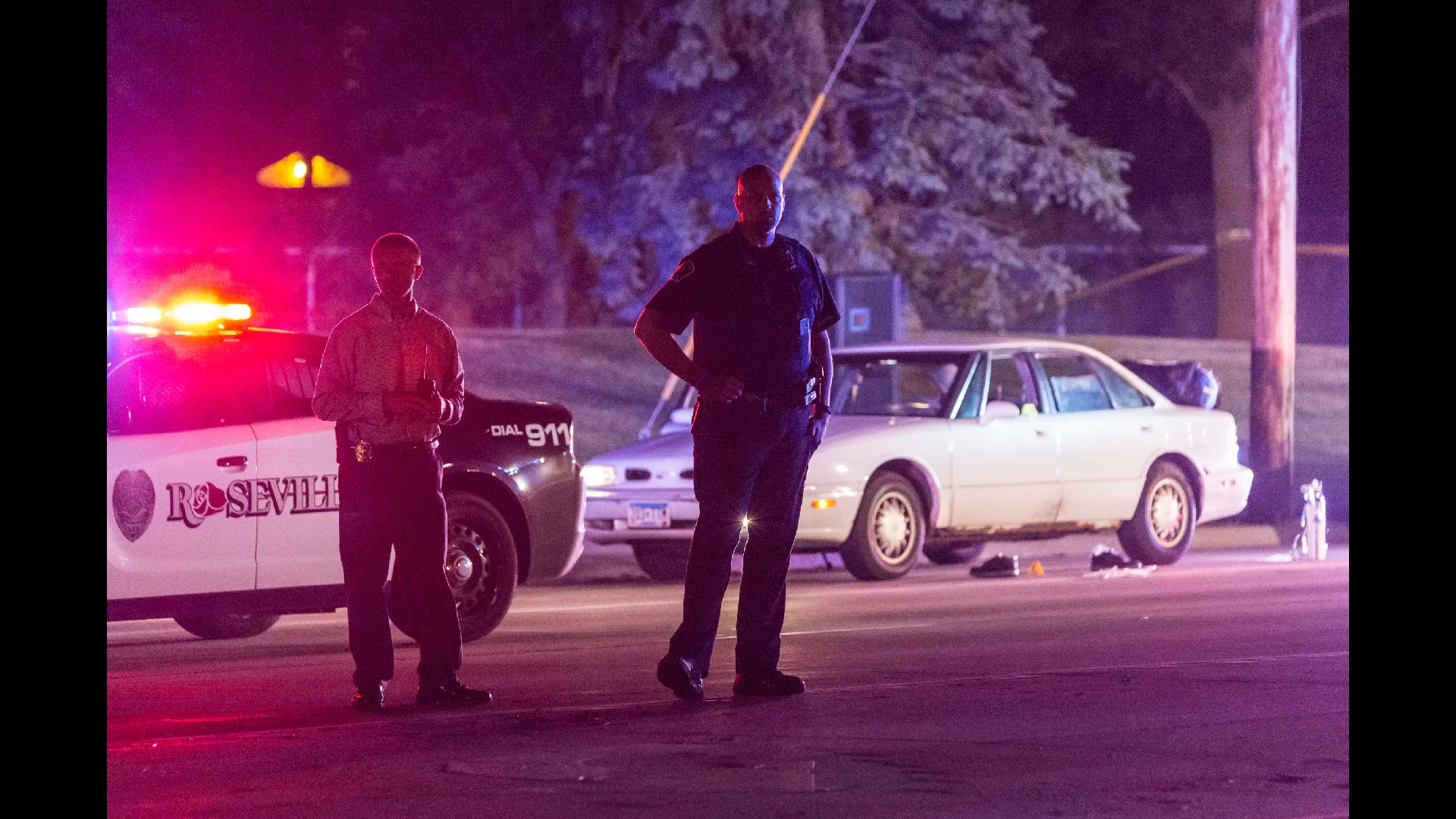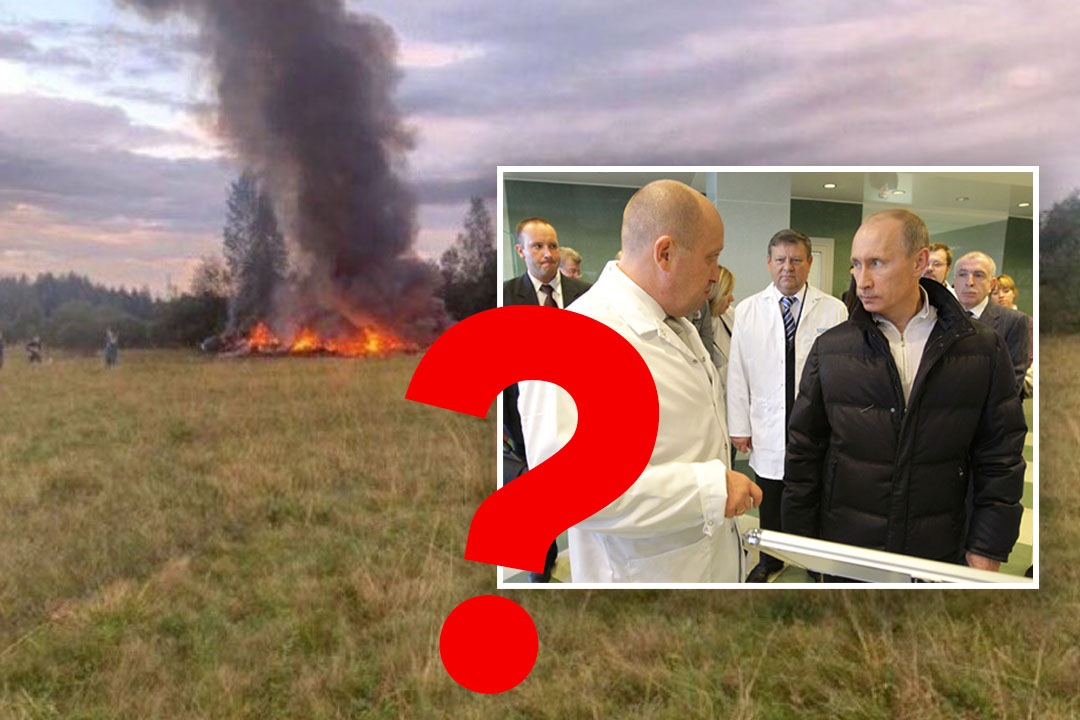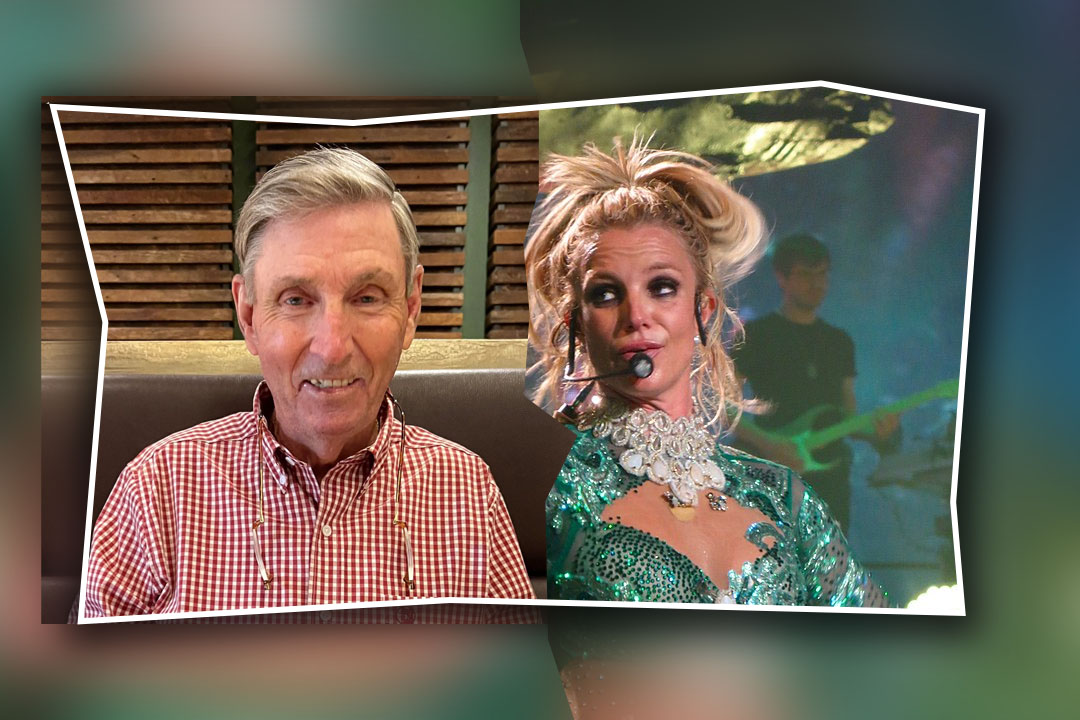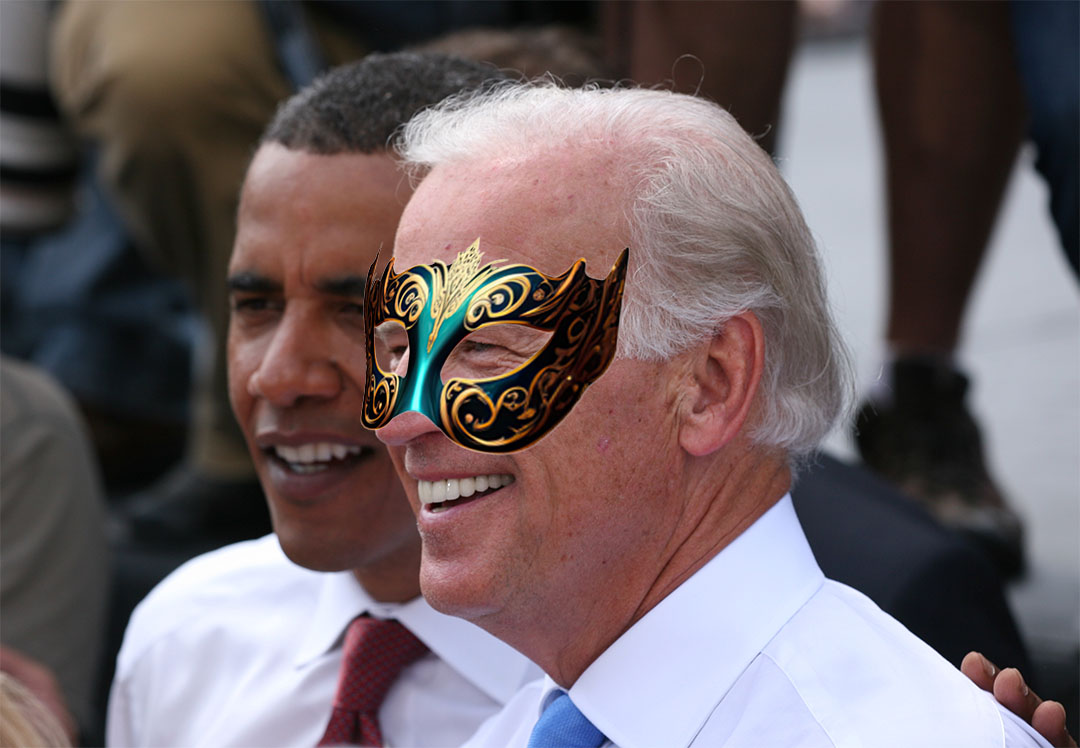Police shootings of unarmed black men.
Why are Black Americans 2.5 times more likely to be shot and killed by police?
August 23, 2023 10:49 AM EDT
In recent years, there has been a disturbing increase in police shootings of unarmed black men. This issue has sparked widespread outrage and calls for justice, as black Americans continue to face disproportionate violence at the hands of law enforcement. The shocking statistics revealed by a study conducted by The Washington Post further highlight the severity of this problem. According to the data, black Americans are 2.5 times more likely to be shot and killed by police officers than their white counterparts. Additionally, unarmed black men are seven times more likely to be shot by police than unarmed white men.


The prevalence of videos capturing these shootings and their subsequent circulation on social media has played a significant role in bringing attention to the issue. These videos have sparked public outrage and led to nationwide protests against police shootings of unarmed black men. One such movement that has gained momentum is the Black Lives Matter movement, which advocates for justice and an end to police brutality.
While police officers often claim that they felt threatened or feared for their lives when they shot unarmed black men, critics argue that these justifications are often insufficient and disproportionate to the perceived threat. Implicit bias and racial profiling are believed to contribute significantly to the disproportionate targeting of black communities. Black men are often perceived as more dangerous or threatening by law enforcement, leading to a higher likelihood of confrontations escalating into violence.
The lack of proper training and accountability within police departments exacerbates the issue. It is crucial for officers to receive comprehensive training that focuses on de-escalation techniques and non-lethal alternatives. Additionally, there must be a system in place that holds officers accountable for their actions. Without these measures, the cycle of violence and mistrust between law enforcement and black communities will continue.
The disproportionate targeting and harassment of black communities by law enforcement have created a climate of fear and mistrust. This climate further escalates tensions between officers and the communities they are meant to protect and serve. It is imperative to address these underlying issues in order to effectively tackle the problem of police shootings of unarmed black men.
Calls for police reform have echoed across the nation as the issue persists. Increased transparency and accountability are vital in addressing the problem. Police departments must be transparent in their investigations and disciplinary actions, ensuring that officers who engage in misconduct are held accountable. Additionally, implementing de-escalation techniques and non-lethal alternatives can significantly reduce the likelihood of these encounters ending in tragedy.
Open discussions about systemic racism and its impact on policing are crucial in finding meaningful solutions. It is essential to acknowledge and address the systemic biases that contribute to the disproportionate targeting of black communities. By doing so, we can work towards creating a more just and equitable society.
The alarming rise of police shootings of unarmed black men demands immediate attention and action. The statistics, videos, and public response to these incidents expose the reality of racial disparities in law enforcement. Outrage and protests continue to grow as unarmed black men face disproportionate violence from police officers. It is imperative that we address implicit bias, improve police training, and hold officers accountable for their actions. Only through these efforts can we hope to reduce the number of police shootings and prevent further tragedies. Unarmed black men continue to be at risk, and it is our responsibility as a society to ensure their safety and demand justice.
While police officers often claim that they felt threatened or feared for their lives when they shot unarmed black men, critics argue that these justifications are often insufficient and disproportionate to the perceived threat. Implicit bias and racial profiling are believed to contribute significantly to the disproportionate targeting of black communities. Black men are often perceived as more dangerous or threatening by law enforcement, leading to a higher likelihood of confrontations escalating into violence.
The lack of proper training and accountability within police departments exacerbates the issue. It is crucial for officers to receive comprehensive training that focuses on de-escalation techniques and non-lethal alternatives. Additionally, there must be a system in place that holds officers accountable for their actions. Without these measures, the cycle of violence and mistrust between law enforcement and black communities will continue.
The disproportionate targeting and harassment of black communities by law enforcement have created a climate of fear and mistrust. This climate further escalates tensions between officers and the communities they are meant to protect and serve. It is imperative to address these underlying issues in order to effectively tackle the problem of police shootings of unarmed black men.
Calls for police reform have echoed across the nation as the issue persists. Increased transparency and accountability are vital in addressing the problem. Police departments must be transparent in their investigations and disciplinary actions, ensuring that officers who engage in misconduct are held accountable. Additionally, implementing de-escalation techniques and non-lethal alternatives can significantly reduce the likelihood of these encounters ending in tragedy.
Open discussions about systemic racism and its impact on policing are crucial in finding meaningful solutions. It is essential to acknowledge and address the systemic biases that contribute to the disproportionate targeting of black communities. By doing so, we can work towards creating a more just and equitable society.
The alarming rise of police shootings of unarmed black men demands immediate attention and action. The statistics, videos, and public response to these incidents expose the reality of racial disparities in law enforcement. Outrage and protests continue to grow as unarmed black men face disproportionate violence from police officers. It is imperative that we address implicit bias, improve police training, and hold officers accountable for their actions. Only through these efforts can we hope to reduce the number of police shootings and prevent further tragedies. Unarmed black men continue to be at risk, and it is our responsibility as a society to ensure their safety and demand justice.
No, Really?! There's More News:
 Did Yevgeny Prigozhin Stage His Own Death? Plane Crash Investigation Raises Questions
Did Yevgeny Prigozhin Stage His Own Death? Plane Crash Investigation Raises Questions  Prominent Wagner Figure Suspected to be Aboard Plane That Crashed in Russia
Prominent Wagner Figure Suspected to be Aboard Plane That Crashed in Russia  Sources Discredit TMZ's Reconciliation Story Involving Britney Spears and Jamie Spears
Sources Discredit TMZ's Reconciliation Story Involving Britney Spears and Jamie Spears  President Biden's use of pseudonyms in emails raises questions about transparency and accountability
President Biden's use of pseudonyms in emails raises questions about transparency and accountability